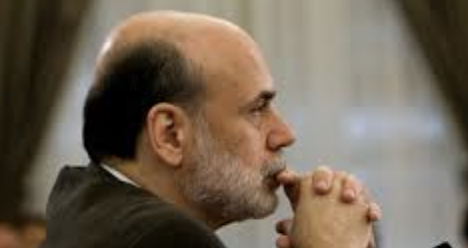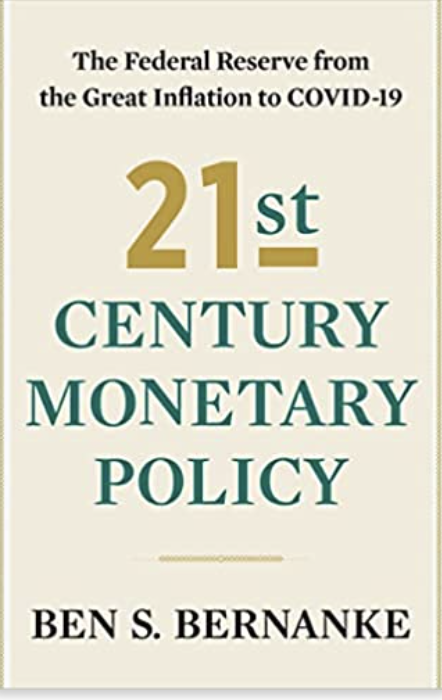
Federal Reserves actions prevented the collapse of US economy


On January 29, 2020, Jay Powell gave the first press conference of his third year as chair of the Federal Reserve, by flipping open a white binder, looking up briefly to welcome the assembled reporters, and then looking down to read his preprepared statement. His demeanour was low key but his message was upbeat: the US economy had entered the eleventh year of a record-long expansion, unemployment remained at a half-century low, and people in lower-paying jobs were seeing wage gains after years of stagnation. The trade tensions that had roiled the financial market for the past two years had diminished and global growth seemed to be stabilizing.
He notes the uncertainties affecting the economic outlook, “including those posed by the new coronavirus, at that point only a few cases had been reported outside China. The virus Powell cautiously acknowledged was a very serious issue that could cause some disruption to activity in China and possibly globally. Five weeks later on March 3, Powell walked to the same podium and in the same calm tone read a much darker statement to reporters and offered his sympathy to people the virus had harmed around the world, noting that it had disrupted the economics of many countries, and predicted that measures to contain the virus will surely weigh on economic activity both here and abroad for some time”. The Fed, he said, was cutting interest rates to help the economy keep strong in the face of new risks. He hinted at more to come. The state of the world had changed dramatically and the Fed’s policy had changed with it. Reported cases of the disease that would become known as Covid-19 had risen from fewer than 10, 000 almost all in China, to more than 90, 000 worldwide. Italy had quarantined towns in its Lombardy region and Iran had reported a surge of infections. In the United States, the first virus death was reported on February 29 – a man in his 50s, near Seattle. In the US Covid-19, cases and deaths grew exponentially from there, threatening to overwhelm healthcare systems in New York City and other hot spots. Virus fears triggered the worst week in the US financial markets since the 2007-2009 financial crisis, signalling trouble ahead for the economy. The Dow Jones Industrial Average, which had hit a record high earlier in the month, plunged more than 12 per cent during the week ending February 28. In March the turmoil spread to bond markets. Sellers of even ultrasafe US treasury securities had difficulty finding buyers, who showed little interest in holding anything other than cash. The markets for private credit, where corporations, home buyers, and state and local governments borrow, threatened to freeze entirely as lenders and investors grapple with coronavirus-induced uncertainty. The market’s panic attack did presage economic trauma. With businesses and schools closing either voluntarily or under lockdown imposed by local government, economic activity contracted at an unprecedented rate. In February 2020, following a long recovery from the Great Recession, only 3.5 per cent of the labour force was unemployed. Two months late, in April 2020, the official unemployment rate stood at 14.8 per cent. More than 20 million jobs were lost, by far the largest drop recorded since the data series began in 1939.
In response to the Covid-19 pandemic, the Federal Reserve deployed an extraordinary range of policy tools that helped prevent the collapse of the financial system and the US economy. Chair Jerome Powell and his colleagues lent directly to US businesses, purchased trillions of dollars of government securities, pumped dollars into the International financial system, and crafted a new framework for monetary policy that emphasized job creation.
Federal Reserve Chairman William McChesney Martin spoke for generations of monetary policymakers when he famously declared in 1955 that the job of the central bank was to take away the punch bowl “just when the party was really warming up”.
Princeton academic Ben Bernanke led Fed chair and his colleagues scrambled to hike interest rates and halt a multi-trillion-dollar-bond-buying spree, a somewhat chastened Jerome Powell admitted that they had left the Punch bowl out too long.
Bernanke rightly criticizes former President Donald Trump and other politicians who have tried to politicize the Fed but sees no contradiction in describing how the agency lobbied Congress in 2010 to preserve its role as the leading bank regulator including recruiting the support for the banks it regulates.
Under the asymmetric. In the monetary framework that Bernanake lays out and the Fed now embraces, the central bank will keep lower for longer, during recessions and recoveries but won’t keep them higher for longer when the economy is booming. The Fed will print up trillions of dollars to fight one recession but never manage to withdraw them before the next one begins. To fight recessions, will encourage undue risk-taking by speculative investors, money managers and corporate executives, providing them with oodles of cheap money and assuring them that it won’t be withdrawn anytime soon. And when the inevitable bubble bursts and it all comes crashing down, the Fed will be there once again to do whatever it takes to rescue the financial system and save risk-takers from the full consequences of their actions.
21st Century Monetary Policy by Ben S. Bernanke $35 Norton 480 pages.
